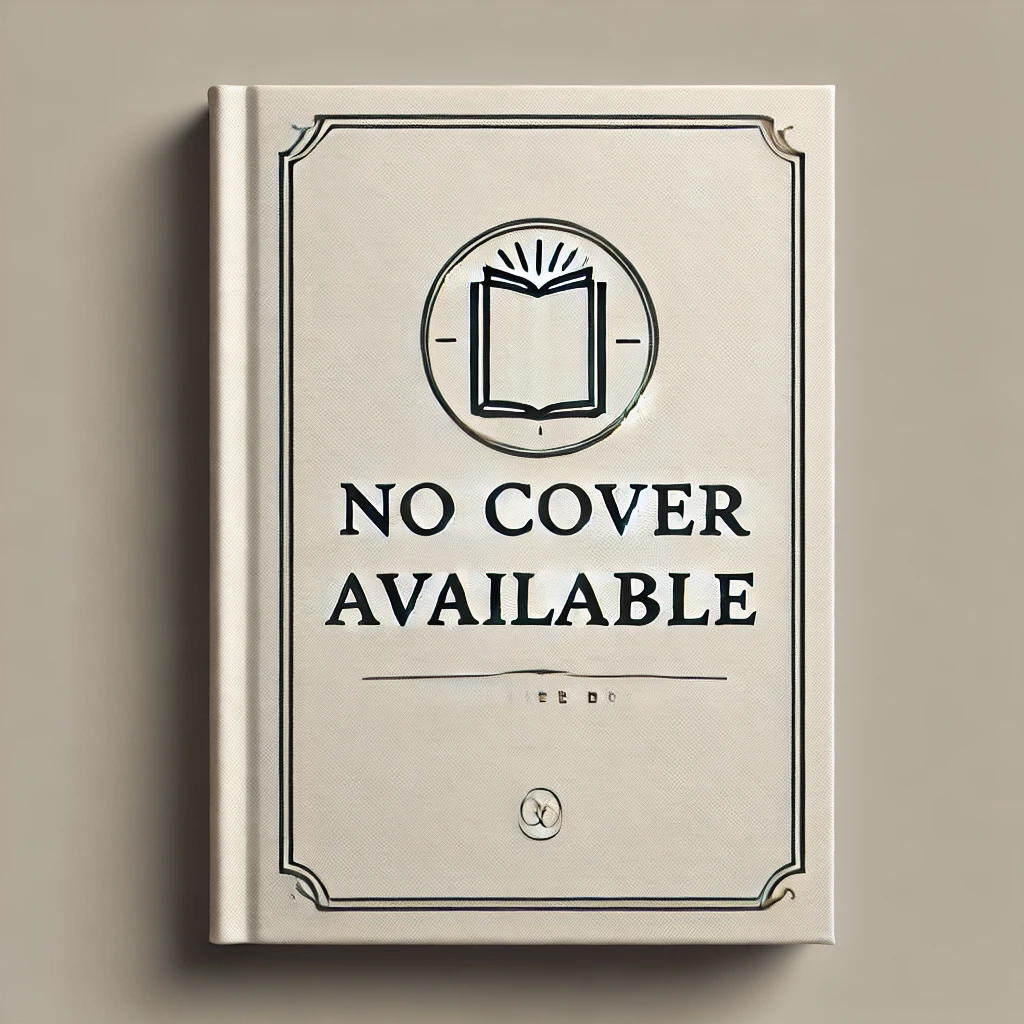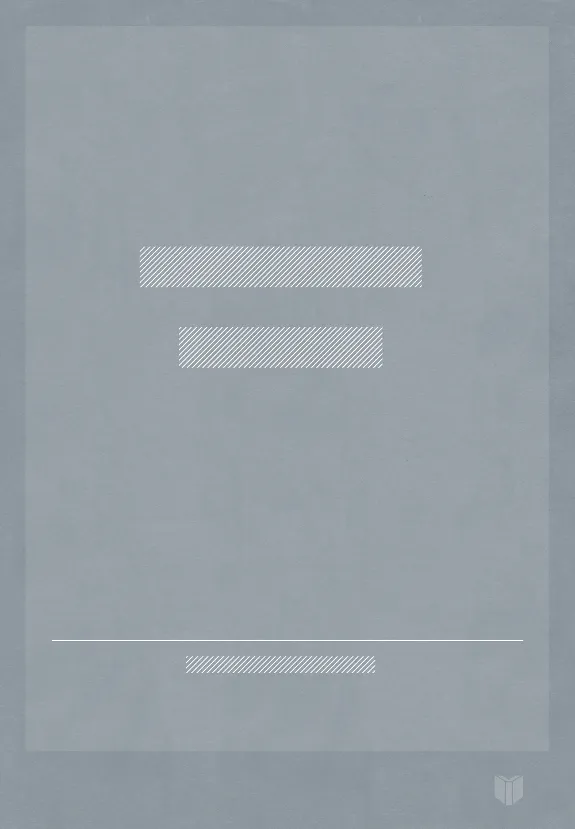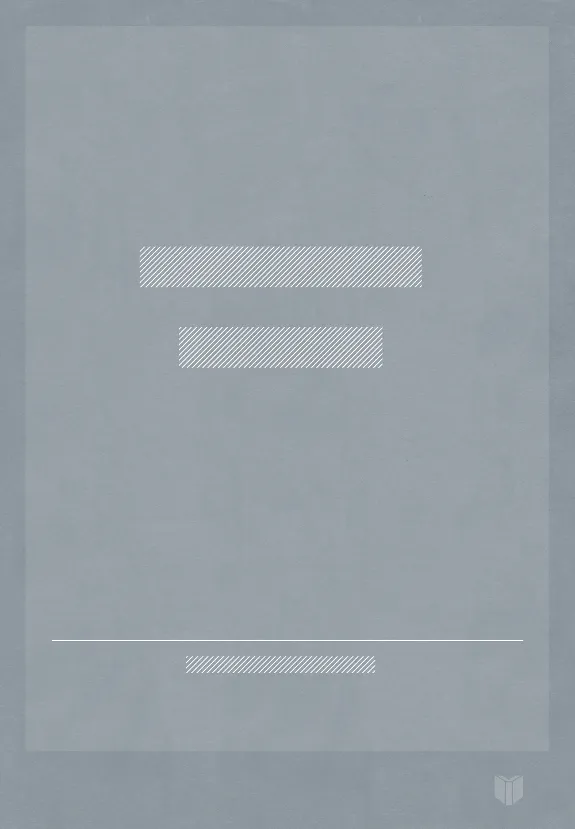Through the Looking-Glass and What Alice Found There
(Author) Lewis CarrollThrough the Looking Glass is a novel by Lewis Carroll and is the sequel to Alice's Adventures in Wonderland. The book follows the adventures of Alice, a young girl who steps through a mirror and into a fantastical world on the other side. The book is divided into twelve chapters, each depicting a different surreal scenario in that Alice finds herself. The book's central theme is the concept of "looking-glass logic," where things are the opposite of what they seem to be. For example, Alice encounters a White Queen who claims to be able to believe six impossible things before breakfast and a Red King who is asleep throughout the entire book. The novel also incorporates elements of chess, with Alice moving through the chessboard landscape and encountering characters representing the different chess pieces. The book's final chapter sees Alice become a queen herself, providing a satisfying conclusion to the chess theme. To know how Alice becomes a queen, readers should read this novel!
Lewis Carroll
Lewis Carroll, born Charles Lutwidge Dodgson, was an English writer, mathematician, and photographer best known for his children's novels "Alice's Adventures in Wonderland" and "Through the Looking-Glass." His literary style is characterized by whimsical wordplay, clever puns, and nonsensical logic. Carroll's contributions to literature include popularizing the literary genre of literary nonsense and creating iconic characters such as the Cheshire Cat and the Mad Hatter. His work continues to inspire generations of readers and remains a timeless classic in the realm of children's literature.




